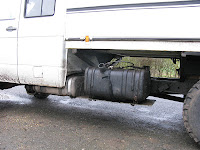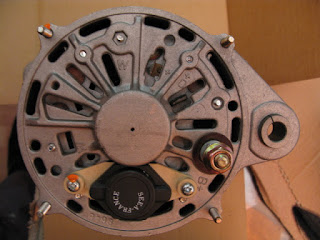Cycling to the end of the world … and stopping.
Sagres 7 April 2013
Today we left our secret beach and headed onwards, delayed
briefly by Karen watching the surfers undress. We ended the day at a campsite
by Sagres, from our “open all year” list. Traveler's tip: look for signs,
don’t follow the satnav.
Late afternoon we took the challenge of cycling to Cabo de
Sao Vicente. The satnav correctly predicted it was 6km and flat. Equally
significant the directions were simple: turn right when we reach the main road
and carry on to the end of the road. The end of the road, was Cabo de Sao
Vicente, and was the end of the world – or so it had been regarded by the
ancient Greeks, Romans, and later the Portuguese as a sacred place, the end of
the known world. We cycled there and stopped. Why?
Well, why we cycled there will only ever be known to close
family. But why did we stop? Well I had
my excuses, I can’t swim well and you clearly need to be a good swimmer to take
that approach, and I had bike, which was clearly unhelpful. I also need to be
back at work within a week and Karen wanted us to be back before dusk to be
safe. So can you blame me? But how can it have been regarded by the western
civilisations as the end of the world for so long? Why, for thousands of years
did nobody go further? I don’t think it was impossible, because we know
Columbus eventually made the journey, returned and opened up the Americas to
other sailors and adventurers. The Vikings had also been before and settled,
and the fishermen of Bristol routinely went to Newfoundland, but kept it as a
trade secret for drying their fish – all before Columbus. I’ll leave you to
decide if, on balance, the Americas have given us more benefit than a place a
dry fish.
So why did nobody go before? Was it technology? Or looking
at my excuses, did it need somebody who was not too worried about their own
safety and had a boat but did not need to go to work. Had we waited two
thousand years for a reckless unemployed man with a boat?
photos ...






Comments
Post a Comment